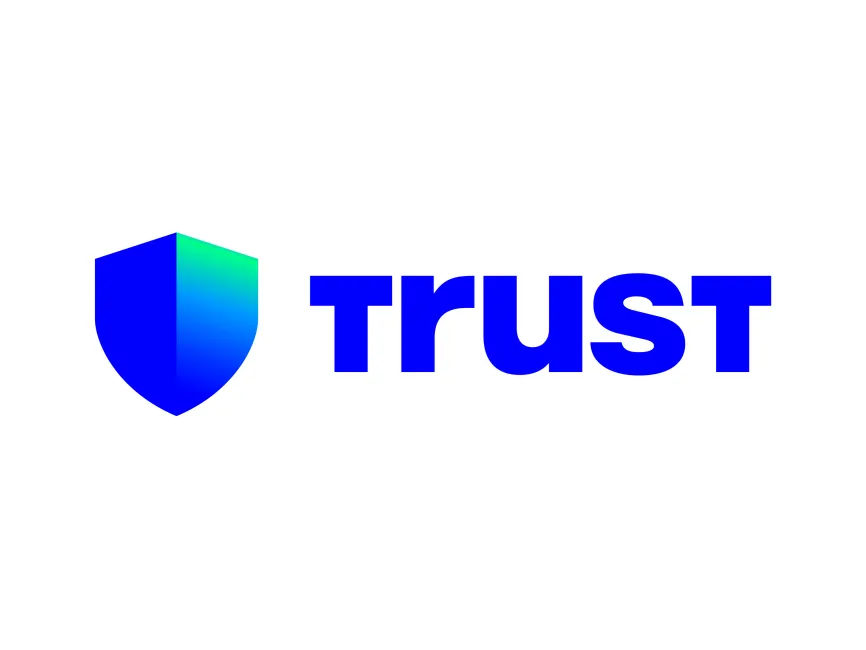Why Browser Extensions Are Game Changers for Web3 and Multi-Chain Portfolio Management
Ever get the feeling that managing your crypto portfolio across multiple chains is like juggling flaming swords? Seriously, it’s a mess sometimes. I was digging into how browser extensions can smooth that chaos out, and wow—there’s a lot more going on under the hood than I first thought. At first glance, you might think, “Oh cool, just another wallet plugin,” but actually, these extensions are the gatekeepers to seamless Web3 integration, and that’s no small feat.
Here’s the thing. When you’re hopping between Ethereum, BSC, Polygon, and maybe a dozen others, keeping track of assets, transactions, and dApps feels like herding cats. Your instinct might say, “Just use separate wallets,” but that’s a headache waiting to happen. Then, I stumbled upon some tools that combine multi-chain support with native portfolio management inside your browser—without having to bounce between apps or interfaces.
In the US, where a lot of crypto users prefer desktop browsers over mobile apps, these extensions are becoming essential. Not just for convenience, but for security and speed too. And yes, trust is a big deal here—because if you’re gonna connect your funds to a browser plugin, you want to be sure it’s legit and battle-tested. That’s why I’ve been exploring options like trust, which has been gaining traction as a reliable multi-chain wallet extension.
Whoa! Managing a portfolio this way feels a lot more intuitive. No more copy-pasting addresses or juggling seed phrases every time you open a new dApp. There’s also the added bonus that these extensions often offer direct DeFi integrations, so you can swap, stake, or lend without leaving your browser tab. It’s like having a mini crypto command center right there. But I gotta admit, I was skeptical at first. Browser extensions have a reputation for being vulnerable, so I wanted to dig deeper.
Initially, I thought these extensions might just be glorified wallets with a fancy UI. But actually, their ability to interact with smart contracts directly in the browser, while managing keys locally, is pretty clever. They strike a balance between convenience and security, though it’s not foolproof. On one hand, your private keys never leave your device, but on the other, any malicious script running in your browser could pose a threat. So, it’s definitely not a “set it and forget it” situation.

Web3 Integration: Beyond Just Access
Okay, so check this out—Web3 isn’t just about decentralization buzzwords anymore. It’s about real user experience and seamless interactions. Browser extensions are the bridges that connect the traditional web with decentralized protocols without forcing users to switch environments constantly. This means you can authenticate, sign transactions, and manage assets with a few clicks, right where you browse your favorite sites.
But here’s the kicker: not all extensions are created equal. Some handle the complex task of multi-chain support better than others. It’s tricky because each blockchain has different transaction types, fee structures, and confirmation times. The best extensions abstract all that away, so you don’t have to become a blockchain expert just to check your balance or swap tokens.
Personally, I’m biased, but I prefer extensions that offer clear UI feedback on transaction statuses and gas fees. That part bugs me when it’s vague or hidden—nothing worse than wondering if your swap went through or if you just wasted a bunch of gas. And the ability to switch networks quickly without reconnecting is a game-changer for power users who juggle between chains often.
Hmm… I also noticed that some extensions integrate portfolio management tools that automatically track your holdings’ value across chains in real-time. This helps avoid the mental gymnastics of manually consolidating data from multiple wallets. It’s not perfect, especially when new tokens pop up or when DeFi positions involve complex derivatives, but it’s a huge step forward. This kind of automation helps users make smarter moves without getting lost in spreadsheets or third-party apps.
Here’s where things get interesting. A lot of people overlook the importance of secure key management inside these extensions. My instinct said, “If the keys aren’t properly isolated or encrypted, you’re basically handing your house keys to a stranger.” Extensions like trust tackle this with hardware wallet compatibility and encrypted local storage, which adds layers of defense. It’s not just convenience; it’s about safeguarding your digital assets without sacrificing usability.
Why Multi-Chain Portfolio Management Isn’t Just a Nice-to-Have
Managing assets across multiple blockchains is becoming the norm rather than the exception. DeFi opportunities are scattered everywhere, from Ethereum to Avalanche and beyond. You want your portfolio dashboard to reflect all these holdings in one place. Otherwise, you’re stuck flipping between apps or worse, guessing your net worth.
At first, I thought this could be done easily by aggregators, but many rely on API calls or centralized data sources that can be slow or incomplete. Browser extensions with embedded portfolio management pull data directly from on-chain sources, which means your balances are fresher and more accurate. Though, I’m not 100% sure they can catch every DeFi position out there—some protocols are just too niche or new to be included.
On one hand, this direct on-chain approach is more transparent and trustworthy. On the other, it requires more computing power and smart caching inside the extension to keep things smooth. Some extensions get this balance right by updating portfolio data incrementally, while others lag behind but offer richer analytics.
And get this—because these extensions live right inside your browser, they can integrate with price alert systems or tax reporting tools in real-time. Imagine getting a notification when a token hits your target price, without needing to open a separate app. This kind of integration feels very 2024, and it’s exactly what the average US crypto user is craving.
Something felt off about older portfolio trackers—they often felt disconnected or outdated. Browser extensions fix that by being present at the moment of transaction. So, you’re not just tracking, you’re interacting and reacting swiftly.
Some Real Talk: What Still Needs Work
Now, I’ll be honest—this tech isn’t perfect. Browser extensions are still vulnerable to phishing or malicious web pages if you’re not careful. Plus, the onboarding experience can be clunky for newcomers. It’s easy to get overwhelmed with network switches, gas fees, and multiple seed phrases. There’s definitely room for improvement in UX design to make it more accessible.
Another thing that bugs me is that sometimes these extensions demand permissions that feel excessive. I get it, they need to interact deeply with your browser and dApps, but transparency about what data is collected and how it’s used should be front and center. Users deserve to know what’s going on.
Oh, and by the way, syncing across devices is still a weak point. Most extensions are single-device focused for security reasons, which means if you switch computers, you have to set up from scratch. Some solutions try encrypted cloud backups, but that opens a whole other can of worms.
Still, the trade-offs are understandable given the current tech landscape. We want both airtight security and seamless usability, but it’s tough to have both perfectly. Until then, using a reputable extension like trust and following best practices is the smartest move.
Seriously, user education is key here. No extension can protect you from careless clicks or poor habits. That’s a human factor that tech alone can’t fix.
Where Do We Go From Here?
Looking ahead, I see browser extensions evolving into full-fledged Web3 hubs. Combining wallet management, portfolio analytics, DeFi access, and even NFT galleries in one place is no longer sci-fi. The lines between browser, wallet, and portfolio are blurring.
But there’s still a tension between decentralization ideals and practical convenience. Extensions must keep improving security while making crypto accessible to non-geeks. That’s a tall order, and honestly, it might take a few more iterations before we get there.
In the meantime, I encourage anyone using these tools to approach them with cautious optimism. Use extensions from trusted projects, like the one I mentioned earlier (trust), stay informed about updates, and don’t hesitate to double-check transactions.
Oh, and keep an eye on browser vendors themselves. Some are starting to bake Web3 support directly into their platforms, which could shake up the extension landscape entirely. It’s a fast-moving space, and that’s part of the thrill—and the headache.
Common Questions About Browser Extensions in Web3
Are browser extensions safe for managing multiple blockchains?
They can be, if you use well-vetted extensions that store keys locally and have strong encryption. However, always be cautious about phishing sites and only install extensions from official sources.
Can I manage all my DeFi investments from one extension?
Many modern extensions support multi-chain portfolio tracking and direct DeFi interactions, but some niche protocols might not be fully supported yet. It’s a good idea to verify if your favorite DeFi platforms are compatible.
How do I ensure transaction fees are reasonable when switching chains?
Look for extensions that provide clear gas fee estimates and allow you to customize or prioritize transaction speeds. Some even suggest optimal times for lower fees.






